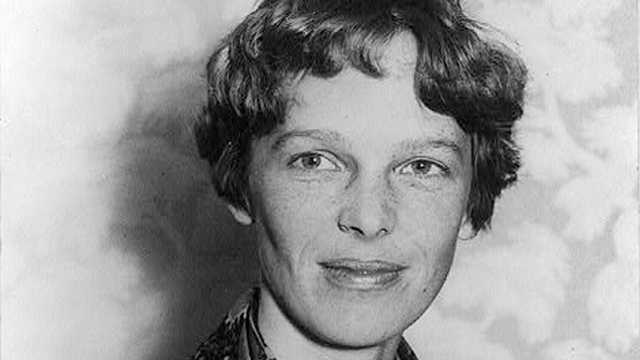On July 26th, 1945, a pivotal moment in history unfolded as physicist Raemer Schreiber and Lieutenant Colonel Peer de Silva embarked on a critical mission from Kirtland Army Air Field. Their objective: to transport the plutonium core destined for the Fat Man atomic bomb, which would later devastate Nagasaki, to the island of Tinian. This mission marked a crucial step in the Manhattan Project, the top-secret U.S. effort to develop nuclear weapons during World War II.
Background of the Manhattan Project
The Manhattan Project, initiated in 1942, was born out of fears that Nazi Germany was developing atomic weapons. Under the direction of the United States, the project brought together the brightest scientific minds, including physicists like Robert Oppenheimer and Enrico Fermi, to harness nuclear fission for military use. Its ultimate goal was to create a powerful atomic bomb before Germany or any other adversary.
Development of the Fat Man Bomb
The Fat Man bomb was one of two atomic bombs developed under the Manhattan Project. Named after its round shape, it used plutonium-239 as its fissile material. Unlike the uranium-based Little Boy bomb, which was dropped on Hiroshima on August 6th, 1945, Fat Man relied on implosion to achieve critical mass and unleash a devastating explosion.
The Role of Raemer Schreiber and Peer de Silva
Raemer Schreiber, a physicist from Los Alamos Laboratory, and Lieutenant Colonel Peer de Silva were entrusted with transporting the plutonium core for the Fat Man bomb. Their journey began at Kirtland Army Air Field in New Mexico, where the core was carefully loaded onto a B-29 Superfortress bomber. From there, they flew to the Pacific island of Tinian, a strategically important base for U.S. operations against Japan.
Challenges and Preparations
Transporting the plutonium core posed significant challenges beyond the technical aspects. Security was paramount, given the highly classified nature of the material and the strategic importance of maintaining secrecy about the Manhattan Project. Every precaution was taken to ensure the safe delivery of the core to Tinian, where scientists and military personnel awaited its arrival for final assembly into the Fat Man bomb.
Assembly and Deployment
Upon reaching Tinian, the plutonium core was integrated into the Fat Man bomb under tight security and rigorous protocols. The assembly process involved meticulous attention to detail, with scientists and engineers working around the clock to ensure the bomb’s readiness for deployment. On August 9th, 1945, three days after the bombing of Hiroshima, the Fat Man bomb was dropped on Nagasaki, causing widespread devastation and hastening Japan’s surrender in World War II.
Legacy and Ethical Considerations
The use of atomic bombs on Hiroshima and Nagasaki remains a subject of ethical debate and historical scrutiny. While it effectively ended the war in the Pacific, the catastrophic human toll and long-term effects of radiation have raised profound questions about the use of nuclear weapons and their implications for global security and diplomacy.
Conclusion
July 26th, 1945, stands as a pivotal moment in the history of nuclear warfare, marked by the transportation of the plutonium core for the Fat Man bomb. Raemer Schreiber and Lieutenant Colonel Peer de Silva’s mission underscored the urgency and secrecy of the Manhattan Project, culminating in the deployment of one of the world’s first atomic weapons. Their efforts on that fateful day shaped the course of history, influencing the trajectory of World War II and leaving a lasting legacy on global security and technological development.







What do you think?
Show comments / Leave a comment